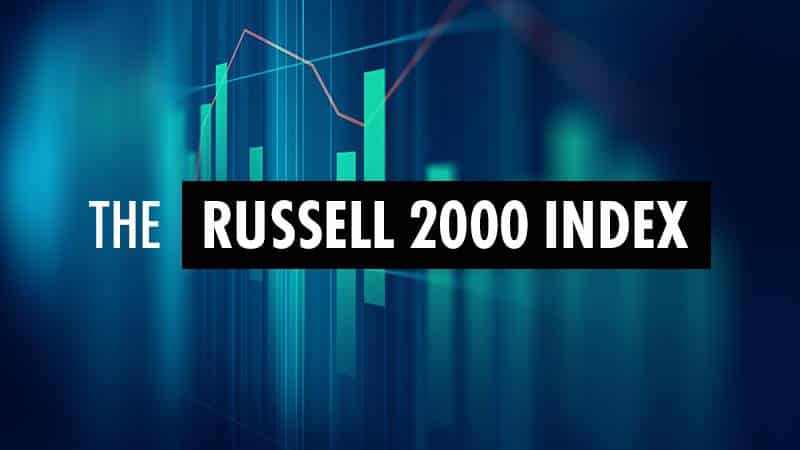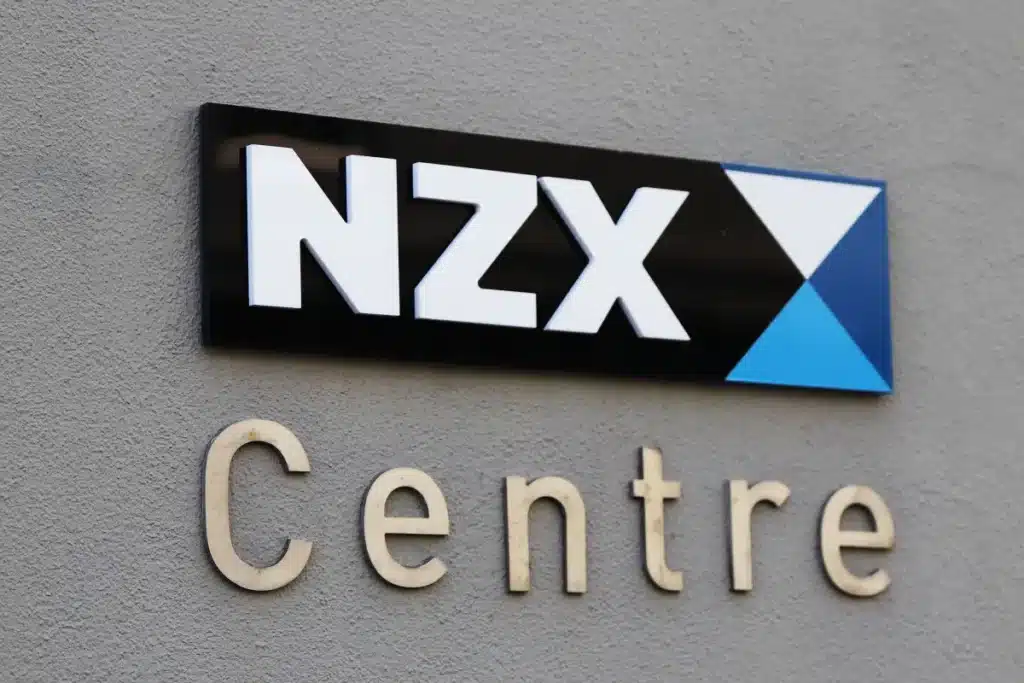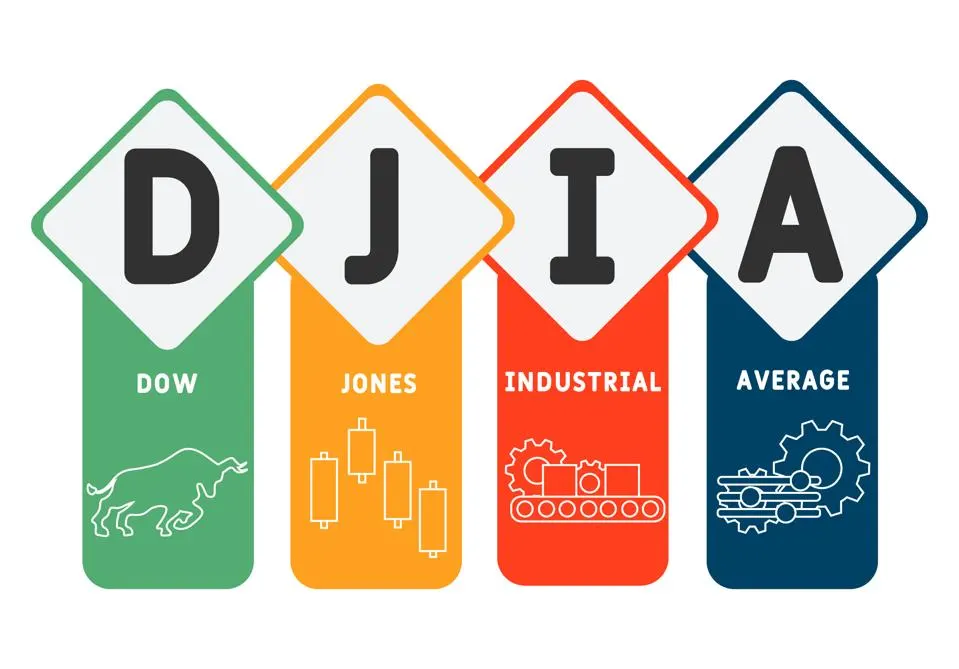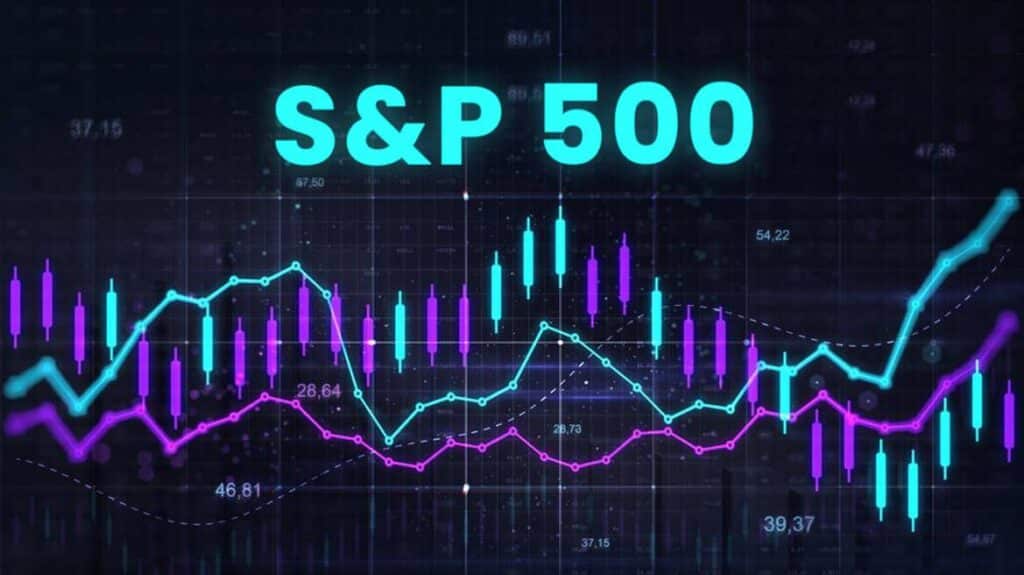U.S.-China Trade Tensions Heighten Market Anxiety
The ongoing trade tensions between the U.S. and China have taken a toll on market sentiment, with U.S. stock futures showing some signs of strain. As investors navigate these turbulent waters, it’s essential to understand how these developments are poised to impact various sectors of the financial markets.
Trade War Escalation
The trade war between these two economic giants has intensified as China announced a significant increase in tariffs on U.S. goods, raising them to a staggering 125%. This move comes as a response to ongoing tariff escalations from the U.S., with China signaling a firm stance against further U.S. levies. Such measures have inevitably sent ripples through the financial world, causing anxieties over potential economic slowdowns.
Impacts on Market Movement
The effect of these heightened trade tensions was apparent in the recent fluctuations of equity markets. In particular, the U.S. stock futures experienced a decline, reflecting the market’s caution in light of potential economic disruptions. When two major economies square off, the repercussions are far-reaching, affecting not just the companies engaged in international trade but also those indirectly reliant on stable economic conditions.
Gold as a Safe Haven
Amidst these uncertainties, precious metals such as gold have seen a surge in investment, as investors seek to hedge against volatile market conditions. A notable forecast by UBS suggests that gold prices could reach $3,500 by 2025 and continue to rally into 2026. This rally underscores how gold often serves as a *safe haven* during times of geopolitical and economic uncertainty.
Impact on Other Markets
Beyond equities and commodities, the trade tensions are also influencing other segments of the financial markets, such as the foreign exchange (Forex) and cryptocurrency markets. The U.S. dollar has faced some pressure as concerns over economic impacts grow, particularly against currencies regarded as safer bets during economic turmoil. Meanwhile, cryptocurrency, a market known for its volatility, has also experienced fluctuations, notably with Bitcoin hovering around $80,000 as investors gauge its stability amidst the trade war.
Bank Earnings in Focus
In addition to these geopolitical concerns, another crucial element driving market movements in the coming days is the upcoming bank earnings reports. Investors are eagerly awaiting these disclosures to gain insights into the financial sector’s health and its capacity to navigate current economic challenges. As banks often act as a barometer for the broader economy, their performance could provide critical signals on the future direction of the market.
It remains crucial for investors and market watchers to stay informed of ongoing developments as these factors continue to unfold. The interplay between macroeconomic indicators, geopolitical developments, and sector-specific performances will provide vital clues for navigating the complex financial landscape.
Understanding Today’s Top Analysis
Today’s market analysis is a crucial element for any investor who’s aiming to stay informed and make educated decisions. Let’s dive into some of the top analyses available today and explore what they mean for your investment strategy.
S&P 500 Holds the Line—But FX and Bond Markets Say the Bottom May Not Be In
The S&P 500 index is a broad gauge of the U.S. stock market, and it’s a common reference point for investors. While it’s currently holding steady, there’s a conflicting signal coming from the foreign exchange (FX) and bond markets. These financial sectors are hinting that the market might not have hit its lowest point just yet. Investors should be cautious and aware that while the stock market may appear stable on the surface, underlying financial markets suggest there may be further drops ahead. This analysis encourages keeping an eye on various market indicators beyond just equities.
Markets Seek V-Shaped Recovery, but Weak Technicals Keep Bulls in Check
The term “V-shaped recovery” refers to a quick rebound after a sharp decline in market or economic activity. Many are hopeful for this type of recovery in the current market climate. However, the analysis points out that weak technical indicators are holding back investor optimism. In simpler terms, while many want a speedy market rebound, the technical data which includes charts and trading volumes, does not yet strongly support such a recovery. This suggests that investors should remain cautious and not rush into decisions based purely on hopeful projections without supporting data.
USD/JPY, USD/CAD: Safe Haven Doubts Leave US Dollar on the Ropes
The U.S. Dollar (USD) has long been considered a “safe haven” currency, meaning it’s a go-to option for investors during market uncertainty. However, this analysis suggests that the USD’s status as a safe haven may be in jeopardy, particularly against the Japanese Yen (JPY) and Canadian Dollar (CAD). This could affect currency exchanges if investors start looking elsewhere during times of financial uncertainty, influencing broader market stability. If you’re investing in forex, staying informed about currency trends and potential shifts in safe haven status is crucial for preserving investment value.
Bitcoin Feels Bearish Pressure Amid Persistent ETF Outflows and Slowed Inflows
Bitcoin, the most well-known cryptocurrency, is facing some bearish pressure, which means the market sentiment is currently pessimistic. The analysis highlights concerns over ETF outflows — where money is leaving Exchange-Traded Funds (ETFs) and fewer funds are being invested back. This indicates reduced investor confidence, affecting Bitcoin’s price and stability. For those invested in or considering Bitcoin, this emphasizes the importance of monitoring trends in cryptocurrency investment vehicles like ETFs, which can significantly impact market movements.
As investors, it’s vital to absorb insights from these analyses and apply them to our strategies. By understanding the current dynamics of the market, from traditional stocks and bonds to burgeoning realms like cryptocurrencies, we can better position ourselves to navigate the ever-changing investment landscape. Be sure to stay informed, pay attention to the broader picture beyond stock prices, and consider various market signals when refining your investment portfolio.
Understanding Today’s Market Movers: April 11, 2025
As we dive into today’s headlines, there is a lot unfolding in the world of investing that requires our attention. The market landscape is rapidly changing due to ongoing geopolitical tensions, economic forecasts, and shifting investor sentiments. Let’s take a closer look at these critical developments and what they might mean for your investment strategy.
U.S.-China Trade War Heats Up
The longstanding trade tensions between the U.S. and China have intensified yet again. This is not just a diplomatic spat but a significant driver of market volatility. Currently, U.S. stock futures are trending lower, reflecting investor concerns about how a “deepening trade war” might impact the global economy. The market’s recent volatility hints at a “white-knuckle ride,” as traders and investors brace for potential ripple effects across multiple sectors. If you’re new to investing, understanding how geopolitical issues might affect your portfolio is crucial.
China’s Tariff Hike
One of the most striking developments is China’s decision to increase tariffs on U.S. goods to 125%. This dramatic move is essentially China’s response to the prospect of more U.S. levies, highlighting the tit-for-tat nature of current trade negotiations. Such decisions can lead to shifts in supply and demand dynamics, making certain stocks more attractive while others might suffer. This situation stresses the importance of monitoring not just the broader market trends but also sector-specific movements.
Gold Prices Projected to Soar
On the bright side, those invested in commodities might find solace in the forecast made by UBS, predicting that gold prices could reach $3,500 by 2025. Historically, gold is seen as a “safe haven” investment, meaning it tends to retain value or even appreciate during times of economic uncertainty. This projection suggests that the current economic climate might fuel a continued rally into 2026. If you’re considering diversification, gold might be an attractive option.
Global Political Maneuvers
Adding a twist to the ongoing economic game, France’s President Macron has publicly urged for a pause in President Trump’s tariff initiatives. This appeal for restraint could signal potential diplomatic efforts to manage tensions, which might alter the course of ongoing negotiations. Keeping an eye on such diplomatic developments can give investors an edge in anticipating market sentiment shifts.
Bitcoin’s Volatile Ride
Lastly, let’s talk about Bitcoin, which is currently oscillating at around $80,000. The ongoing U.S.-China trade war seems to be unsettling investor sentiment, influencing not just traditional assets but also cryptocurrencies. Price fluctuations in Bitcoin and other cryptocurrencies can serve as important indicators of market confidence and emerging trends. While crypto investments can be high-risk, they also offer high-reward scenarios for those willing to endure the market’s ebbs and flows.
In summary, today’s headlines encapsulate the ongoing pressures and opportunities present within financial markets. Whether you’re a seasoned investor or exploring your first stock purchase, staying informed is your best strategy to navigate these tumultuous times. Remember, understanding market drivers like geopolitical tensions, economic trends, and currency fluctuations can help you build a resilient and successful investment portfolio.








